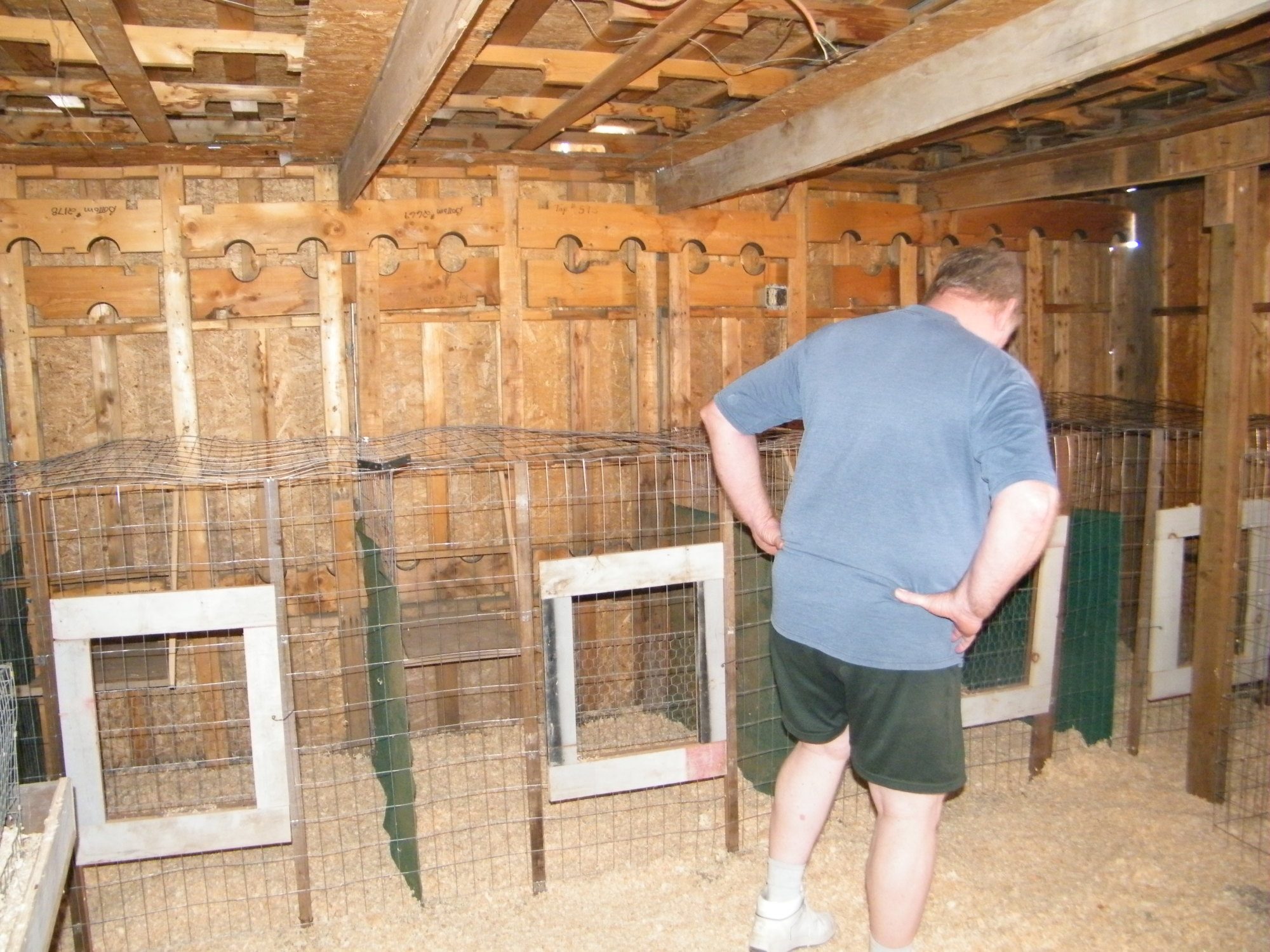LacyBlues- Bee explained it well. I thought maybe pictures would help?

My doll house coop. I enclosed the run to give them more space. I left about a 2 inch gap at the bottom and at the top where side meets roof there is a 1 inch gap you cant see.

The smaller structure with the pvc pipe faces east. I only covered the top half with plastic the bottom half is open......snow just collected in front of it. Their roost was right in front of that.

My hoop coop this open end faces north (most winds come from south southeast here) If you look closely inside on the right & left towards top you can see large squares. These were the first vents I used and they let it to much rain so I covered them up with plastic.

I put these smaller ones in place of the larger ones. As you can see they are much lower. I only put 2 in across from each other. Amazingly they allow a lot of air flow. I have 2 more I can put in of they are needed.

And because I tend to overdue things I also put roof vents in. But the cooler air comes in those bottom vents and lower area not covered in tarp intentionally for air flow and hot air escapes at the top. Even when the temps were in the 90s this summer it was noticeably cooler in the coop. During the winter when the tarps are let down on the sides to keep the snow and drafts out those little vents at bottome are going to be essential to let fresh air in. I will then decide if the 2 others I have will need to be installed.

This is the tarp I am speaking about when I say roll it down for the winter. This is the south east corner/side. They have been up since April and are only put down when there was a lot of rain to stop it from blowing into the coop. They will stay up to the snow flies. Its been in the low 40s at night but the girls are plenty warm.
Hopes this helps !!!
My doll house coop. I enclosed the run to give them more space. I left about a 2 inch gap at the bottom and at the top where side meets roof there is a 1 inch gap you cant see.
The smaller structure with the pvc pipe faces east. I only covered the top half with plastic the bottom half is open......snow just collected in front of it. Their roost was right in front of that.
My hoop coop this open end faces north (most winds come from south southeast here) If you look closely inside on the right & left towards top you can see large squares. These were the first vents I used and they let it to much rain so I covered them up with plastic.
I put these smaller ones in place of the larger ones. As you can see they are much lower. I only put 2 in across from each other. Amazingly they allow a lot of air flow. I have 2 more I can put in of they are needed.
And because I tend to overdue things I also put roof vents in. But the cooler air comes in those bottom vents and lower area not covered in tarp intentionally for air flow and hot air escapes at the top. Even when the temps were in the 90s this summer it was noticeably cooler in the coop. During the winter when the tarps are let down on the sides to keep the snow and drafts out those little vents at bottome are going to be essential to let fresh air in. I will then decide if the 2 others I have will need to be installed.
This is the tarp I am speaking about when I say roll it down for the winter. This is the south east corner/side. They have been up since April and are only put down when there was a lot of rain to stop it from blowing into the coop. They will stay up to the snow flies. Its been in the low 40s at night but the girls are plenty warm.
Hopes this helps !!!




